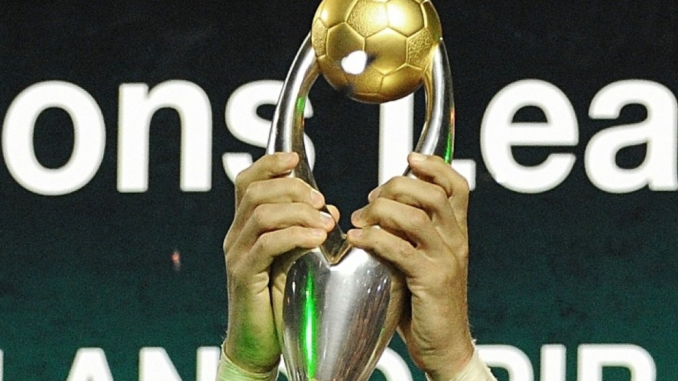
The League of Champions Africa, also known as the CAF Champions League, stands as the premier club football competition on the continent, capturing the imagination of fans and showcasing the best football talent Africa has to offer. Since its inception in 1964, the tournament has evolved into a spectacle of skill, drama, and passion, playing a pivotal role in shaping the narrative of African club football. In this article, we delve into the history, format, and significance of the League of Champions Africa.
A Storied History:
The CAF Champions League was inaugurated with the aim of determining the best club team in Africa. Over the years, the tournament has witnessed dramatic moments, underdog triumphs, and the emergence of footballing legends. Clubs from across the continent vie for the prestigious title, making the competition a hotbed of talent and fierce competition.
Format and Evolution:
The tournament has undergone several format changes since its inception, adapting to the evolving landscape of African football. The current format features a group stage followed by knockout rounds leading to the grand finale. This setup not only ensures a high level of competition but also provides clubs from diverse football landscapes the opportunity to showcase their skills on the continental stage.
Continental Powerhouses:
The League of Champions Africa has seen the rise of continental powerhouses that consistently dominate the competition. Clubs like Al Ahly (Egypt), TP Mazembe (DR Congo), and Wydad Casablanca (Morocco) have etched their names in the tournament’s history with multiple titles. These football giants not only contribute to the prestige of the competition but also serve as standard-bearers for the quality of African club football.
Global Recognition:
The success of African clubs in international competitions has garnered global recognition for the League of Champions Africa. Clubs that triumph in the CAF Champions League earn the right to represent the continent in the FIFA Club World Cup, where they compete against the best teams from other confederations. This exposure provides African clubs with an opportunity to showcase their talent and compete on the world stage.
Passionate Fanbase and Cultural Impact:
The League of Champions Africa boasts a passionate fanbase that adds to the vibrant atmosphere during matches. The tournament’s cultural impact extends beyond the sporting realm, fostering a sense of unity and pride among fans across the continent. The colorful displays, chants, and celebrations create an electrifying ambiance, turning each match into a celebration of African football culture.
Challenges and Opportunities:
While the League of Champions Africa has grown in stature, it has faced challenges such as scheduling conflicts, financial constraints, and logistical issues. However, these challenges also present opportunities for growth and improvement, with ongoing efforts to enhance the tournament’s organization and increase its appeal to a global audience.
Conclusion:
The League of Champions Africa stands as a testament to the prowess, passion, and potential of African club football. As the tournament continues to evolve, it remains a crucial platform for clubs to showcase their talent, for players to make a name for themselves, and for fans to revel in the excitement of continental competition. With a storied history and a promising future, the League of Champions Africa remains a symbol of African football’s journey towards excellence on the global stage.